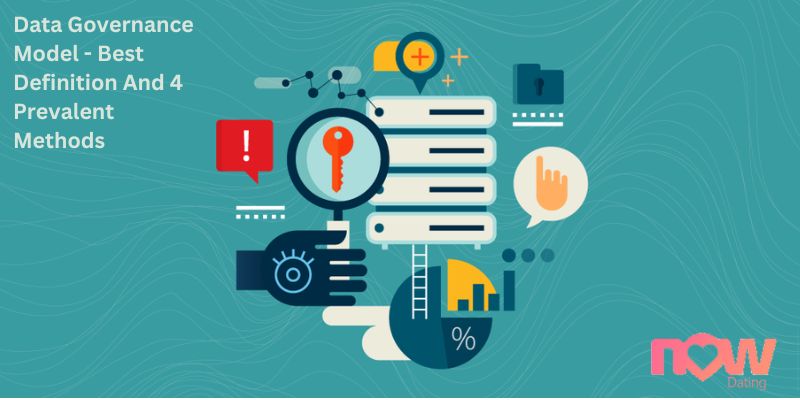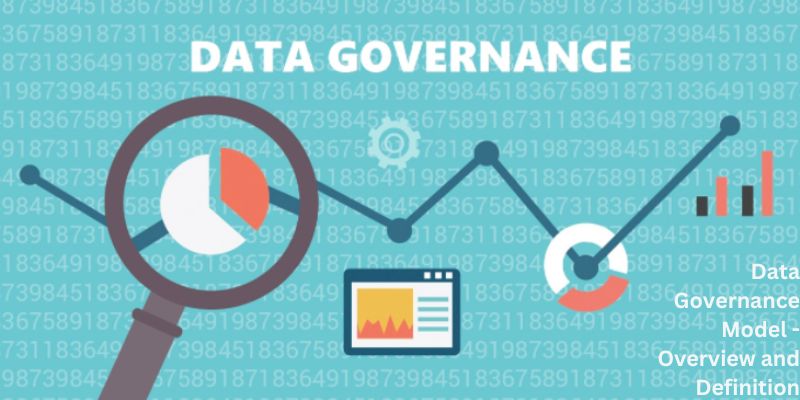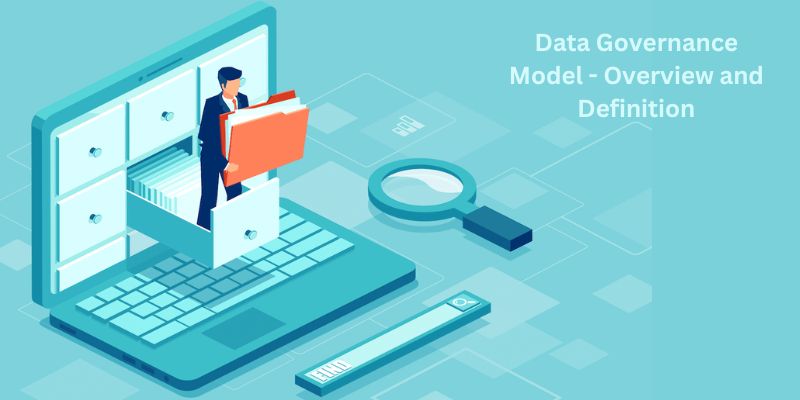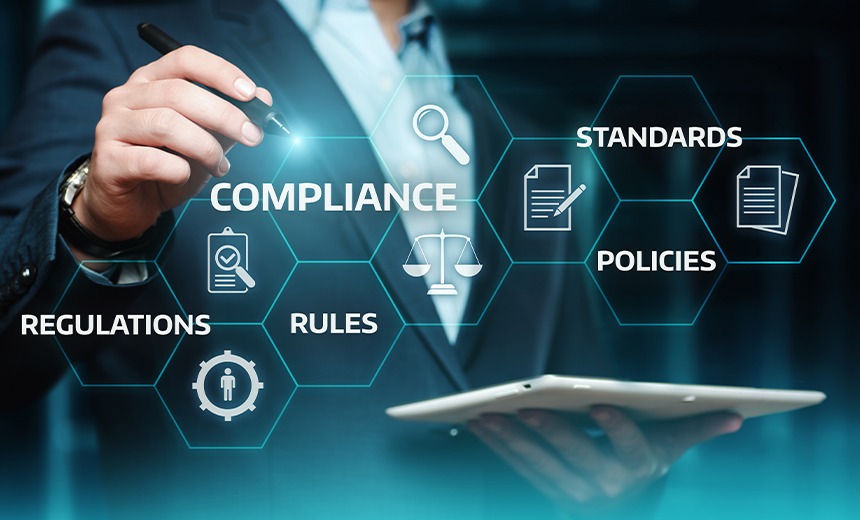Data Governance Model – Best Definition And 4 Prevalent Methods

Data governance that is effective protects against misuse and maintains data consistency and reliability. As businesses increasingly rely on data analytics to help them run more efficiently and inform business decisions, it is becoming more and more important. In this article, with qule.info, let’s find out some useful information about data governance model!
1. Data Governance Model – Overview and Definition

Before delving into the data governance model, let’s take a look at its definition. The process of identifying an organization’s critical data and maintaining data security and quality is known as data governance. It also entails deriving value from corporate data to boost productivity.
Experian defines data governance as a procedure that makes sure data is entered into a system in accordance with strict standards and business regulations. Businesses may exercise control over the management of their data assets thanks to data governance. This procedure covers the personnel, procedures, and technological requirements needed to guarantee that data is suitable for its intended use.
IDC said in November 2018 that 33 ZB (zettabytes) of data were produced, created, or copied globally, collectively known as the “global datasphere” in 2018. According to IDC, global data volume will continue to increase dramatically and reach 175 ZB by 2025. Every individual in the globe will produce an estimated 1.7 MB of data every second by the year 2020. Organizations must handle their data in a more organised and safe manner due to the sheer volume of data available. The necessity for data governance is increased by this.

Definition of data governance model – A data governance model is a framework that describes the systems and procedures for the production, preservation, and disposal of data. There are several sorts of data governance models, as opposed to only one that each company uses. The types of models used depend on who is producing and utilizing the data. NTT DATA lists four prevalent methods for data governance, including:
- Individual business users who develop, manage, and use their own data frequently make up an autonomous data governance architecture with individual business units.
- Decentralized Data Governance Model with Multiple Business Units – In a decentralized data governance model with multiple business units, different business units could share clients, suppliers, and other interests. As a result, they might also share a set of master data.
- Model of Centralized Data Governance – In models of centralized data governance, there may be one or more business units, and the master data is maintained centrally. The management of the master data is the responsibility of a central organization, which receives requests from the business units, or consumers, of the data.
- A centralized data governance entity is in charge of defining the data governance framework and policies, and each company division are in charge of creating and maintaining their own portion of the master data, according to a centralized data governance model with decentralized execution.
A data governance model outlines the fundamental division of labor for master data management, whereas data governance rules specify the personnel, operational procedures, and technical infrastructure.
2. Data Governance Model – Benefits of an Effective One

As was already said, businesses must efficiently manage their data in order to keep it secure as the volume of data is growing at previously unheard-of speeds. A data governance model clarifies the methods and procedures for gathering, storing, utilizing, and disposing of data as well as the responsibilities of the decision-makers.
The system is transparent, making it possible to see where the data is kept and whether it is properly moving from one platform to another. Because of the privacy safeguards that are put in place thanks to this openness, the data is more secure.
Before an organization to properly secure its data, it must first have a thorough grasp of that data. If you don’t know what it is, where it is, or how vital it is, you can’t defend it. Understanding what data you have, where it is kept, how to utilize it, and who has access to it is made easier by data governance. It guarantees that a procedure is in place to securely destroy the data when it is no longer needed.
Businesses are no longer able to establish perimeter defenses since the boundaries of data have been expanded to include partners, suppliers, cloud vendors, and other parties. To enable your security team to adopt the proper protections and controls to guarantee data security, it is crucial to handle data responsibly and systematically.
3. Data Governance Model – Risk of Poor One
Even while many businesses have internal IT departments, it’s not always apparent who is responsible for company data. Lack of defined guidelines and standards that specify who is in charge of certain types of data leads to security gaps and poorer data quality. Business operations become inefficient when data quality is low, and organizations run the risk of breaking industry laws. For businesses that must abide by data privacy legislation like the California Consumer Privacy Act (CCPA) and GDPR, ineffective data governance practices might be problematic.
A firm that has a data governance model in place has roles and responsibilities for managing data that are clearly defined, as well as rules that are specific about how to gather, use, store, and discard data in compliance with legal requirements.
4. Conclusion
It is crucial to preserve security and privacy while data enters and exits an organization. It’s more crucial than ever to make sure that data security is maintained consistently and effectively, regardless of its source or where it ends up, as organizations share data and, in some circumstances, develop methods to derive insights from big data. This is a data governance model’s goal.
I hope you found this article about data governance model useful. Have a good day!
Conclusion: So above is the Data Governance Model – Best Definition And 4 Prevalent Methods article. Hopefully with this article you can help you in life, always follow and read our good articles on the website: qule.info




